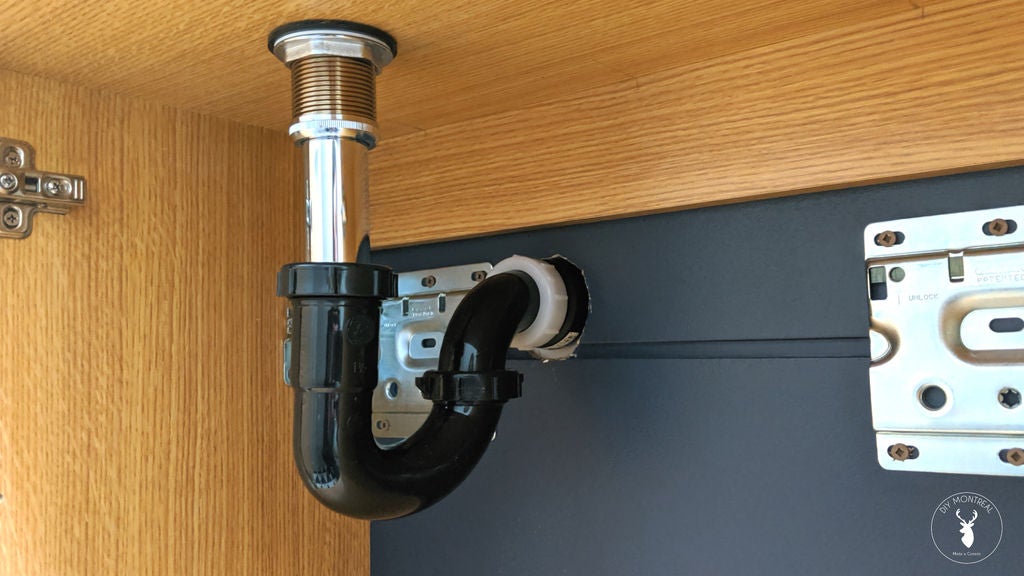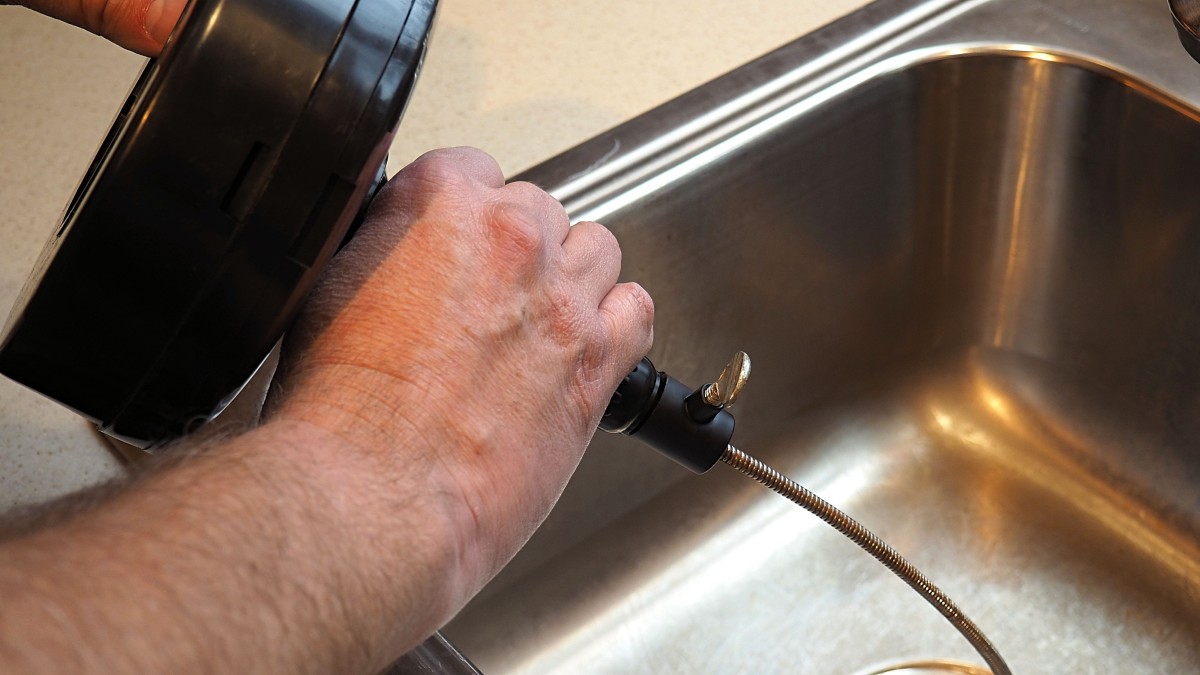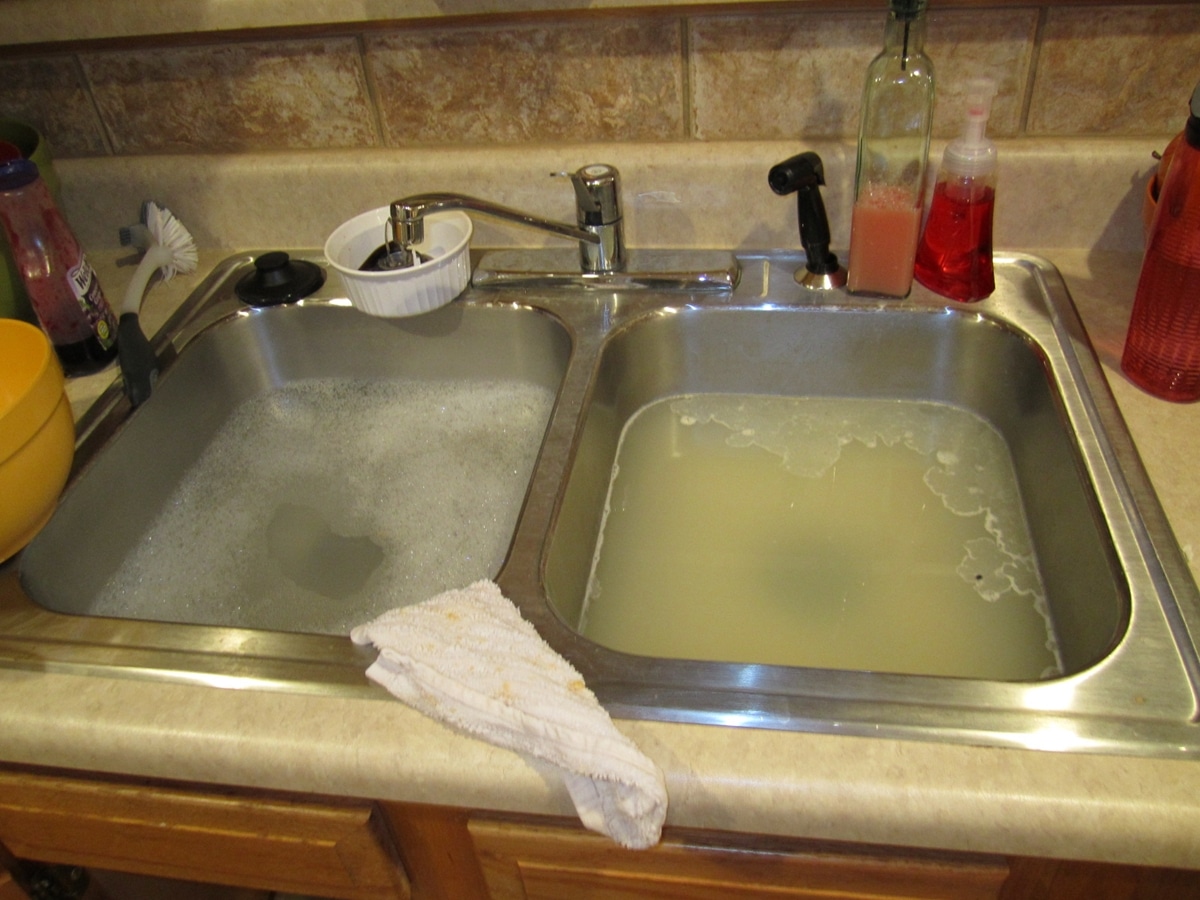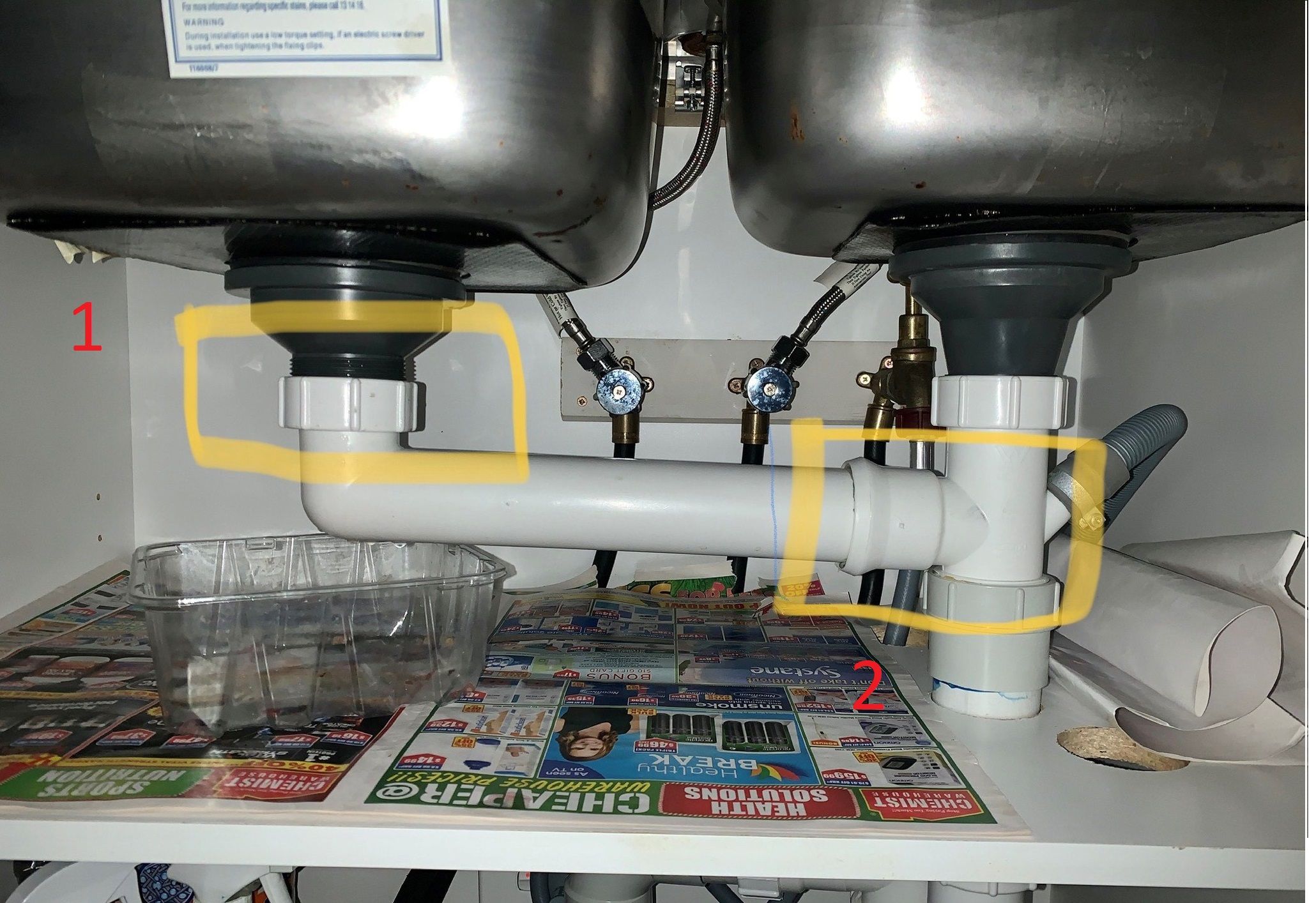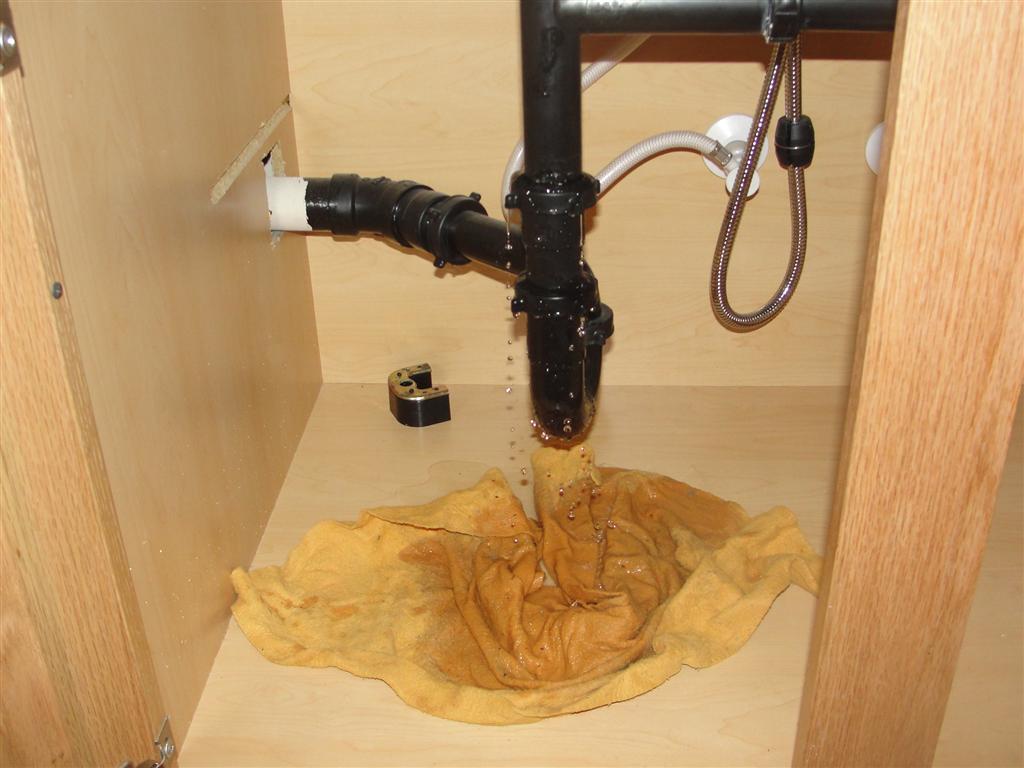The bathroom sink drain is an essential component of any bathroom. It allows for the proper disposal of waste water and keeps your sink functioning properly. Knowing the diagram of a bathroom sink drain can help you troubleshoot any issues you may have and also assist in installing a new one. Below is a breakdown of the main components of a bathroom sink drain diagram.Bathroom Sink Drain Diagram
The sink drain is made up of several parts that work together to ensure proper drainage. These parts include the drain flange, drain body, tailpiece, and p-trap. The drain flange is the visible part of the drain that sits at the bottom of the sink. The drain body connects the flange to the tailpiece, which is a straight pipe that leads into the p-trap. The p-trap is a U-shaped pipe that holds a small amount of water to prevent sewer gases from entering your bathroom.Sink Drain Parts
The assembly of a sink drain involves connecting all the parts mentioned above in the correct order. The first step is to place the rubber gasket and cardboard friction ring over the drain body. Next, insert the drain body into the drain hole on the bottom of the sink. From underneath the sink, tighten the nut onto the drain body to secure it in place. Then, attach the tailpiece to the drain body and connect it to the p-trap. Finally, connect the p-trap to the main drain pipe.Sink Drain Assembly
Installing a sink drain may seem like a daunting task, but with the right tools and knowledge, it can be done easily. Before starting, make sure you have all the necessary parts and tools, such as a wrench, pliers, and plumber's putty. Begin by removing the old sink drain and cleaning the area thoroughly. Then, follow the steps mentioned in the sink drain assembly section to install the new drain. Make sure to tighten all connections securely and test for any leaks.Sink Drain Installation
The sink drain pipe is the main pipe that connects the sink drain to the main plumbing system. It is usually made of PVC or metal and is responsible for carrying waste water out of your bathroom. If you encounter any issues with your sink drain, it is important to check the condition of the drain pipe for any cracks or clogs. Regular maintenance of the drain pipe can prevent major plumbing problems in the future.Sink Drain Pipe
The sink drain stopper is a small but crucial part of the sink drain. It is responsible for stopping water from going down the drain and also helps to keep small items from falling into the sink. The stopper is connected to a lever or knob on the faucet and can be opened or closed by pulling or pushing. If your sink drain stopper is not functioning properly, it may need to be replaced or repaired.Sink Drain Stopper
Over time, sink drains may encounter issues that require repair. This can be due to wear and tear, clogs, or other factors. The most common issue with sink drains is a leak, which can be caused by loose connections or damaged pipes. Repairing a sink drain may involve tightening connections, replacing parts, or clearing out clogs. If the issue is more serious, it may be best to call a professional plumber for assistance.Sink Drain Repair
A clogged sink drain can be a major inconvenience and can lead to unpleasant odors and even water damage. Clogs are usually caused by a buildup of hair, soap scum, and other debris in the drain. To prevent clogs, it is important to regularly clean the drain and use a drain protector to catch any hair or debris. If you do encounter a clog, you can try using a plunger or a drain snake to clear it, or call a plumber for more stubborn clogs.Sink Drain Clog
The sink drain vent is an important component of the plumbing system that allows for proper drainage. It is a vertical pipe that connects to the main drain pipe and extends out of the roof of the house. The vent allows air to enter the plumbing system, preventing a vacuum from forming and allowing waste water to flow freely. If you notice gurgling noises or slow drainage in your sink, it may be a sign of a blocked vent that needs to be cleared.Sink Drain Vent
A leak in the sink drain can cause damage to your bathroom and can also lead to higher water bills. If you notice water pooling around the sink or dripping from underneath, it may be a sign of a leak. Leaks can be caused by loose connections, damaged pipes, or faulty sealants. It is important to address a leak as soon as possible to prevent further damage. If you are unsure of the source of the leak, it is best to call a plumber for assistance. Knowing the diagram and components of a bathroom sink drain can help you maintain and troubleshoot any issues that may arise. Regular maintenance and proper installation can also prevent major plumbing problems in the future. If you encounter any issues with your sink drain that you are unable to fix, it is always best to seek the help of a professional plumber. A properly functioning sink drain is essential for a functioning and clean bathroom.Sink Drain Leak
Understanding the Function of a Bathroom Sink Drain

The Basics of a Bathroom Sink Drain
 When it comes to designing a house, every detail counts – even the bathroom sink drain. This seemingly small component plays a crucial role in maintaining the functionality and cleanliness of your bathroom. Understanding its function and design can help you make informed decisions when it comes to choosing the best bathroom sink for your home.
When it comes to designing a house, every detail counts – even the bathroom sink drain. This seemingly small component plays a crucial role in maintaining the functionality and cleanliness of your bathroom. Understanding its function and design can help you make informed decisions when it comes to choosing the best bathroom sink for your home.
Bathroom sink drains are responsible for carrying away waste water from your sink, preventing it from overflowing and causing a mess. They are also equipped with a trap , which is a curved section of pipe that holds water and prevents sewer gases from entering your bathroom. Without a properly functioning drain and trap, you may face issues such as clogged pipes, foul odors, and even water damage.
The Different Types of Bathroom Sink Drains
 There are several types of bathroom sink drains available in the market, each with its own unique design and function. The most common ones include
pop-up drains
,
push-button drains
, and
grid strainer drains
. Pop-up drains are controlled by a lever and stopper, allowing you to easily open and close the drain. Push-button drains, on the other hand, have a push-button mechanism that controls the stopper. Grid strainer drains are the simplest and most traditional type of drain, with a grid-like cover that catches debris.
There are several types of bathroom sink drains available in the market, each with its own unique design and function. The most common ones include
pop-up drains
,
push-button drains
, and
grid strainer drains
. Pop-up drains are controlled by a lever and stopper, allowing you to easily open and close the drain. Push-button drains, on the other hand, have a push-button mechanism that controls the stopper. Grid strainer drains are the simplest and most traditional type of drain, with a grid-like cover that catches debris.
Choosing the Right Bathroom Sink Drain
 When it comes to choosing the right bathroom sink drain, it's important to consider both functionality and aesthetics. You want a drain that not only functions well, but also complements the overall design of your bathroom. This can include factors such as the material, finish, and style of the drain. For example, a brass drain with a polished chrome finish would look great in a modern bathroom, while a bronze drain with an antique finish would be perfect for a vintage-inspired space.
When it comes to choosing the right bathroom sink drain, it's important to consider both functionality and aesthetics. You want a drain that not only functions well, but also complements the overall design of your bathroom. This can include factors such as the material, finish, and style of the drain. For example, a brass drain with a polished chrome finish would look great in a modern bathroom, while a bronze drain with an antique finish would be perfect for a vintage-inspired space.
In conclusion, the bathroom sink drain may seem like a small and insignificant component, but it plays a vital role in the functionality and design of your bathroom. Understanding its function and the different types available can help you make an informed decision when it comes to choosing the perfect drain for your home. So next time you're designing a bathroom, don't overlook this important detail – your future self will thank you.



























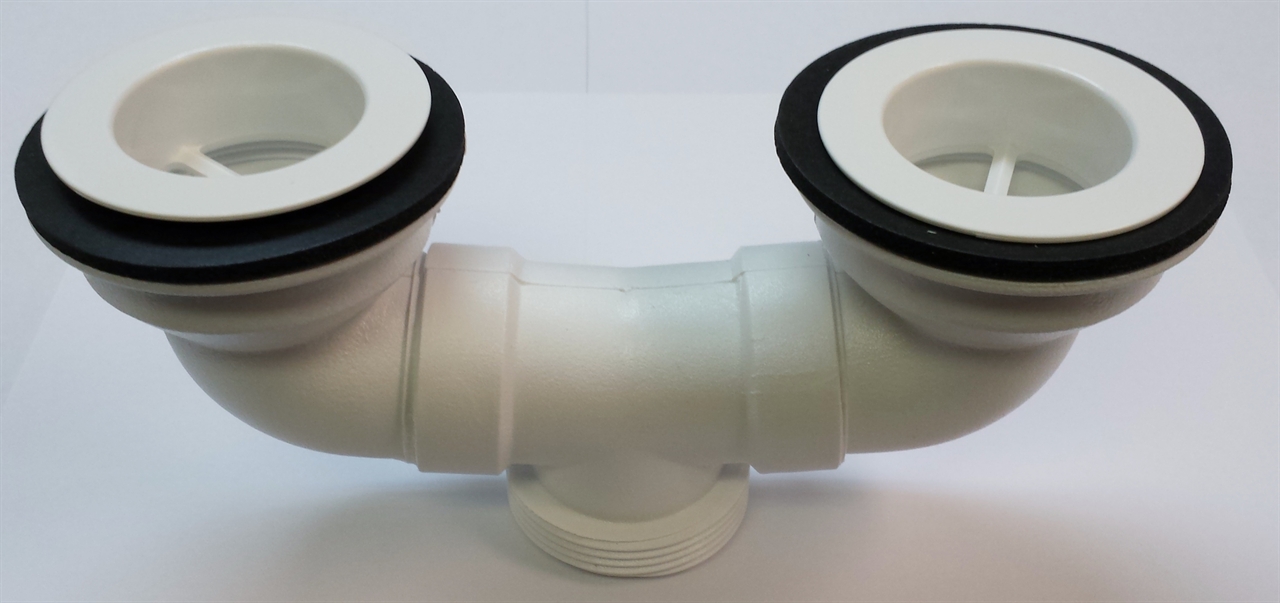
/how-to-install-a-sink-drain-2718789-hero-b5b99f72b5a24bb2ae8364e60539cece.jpg)







